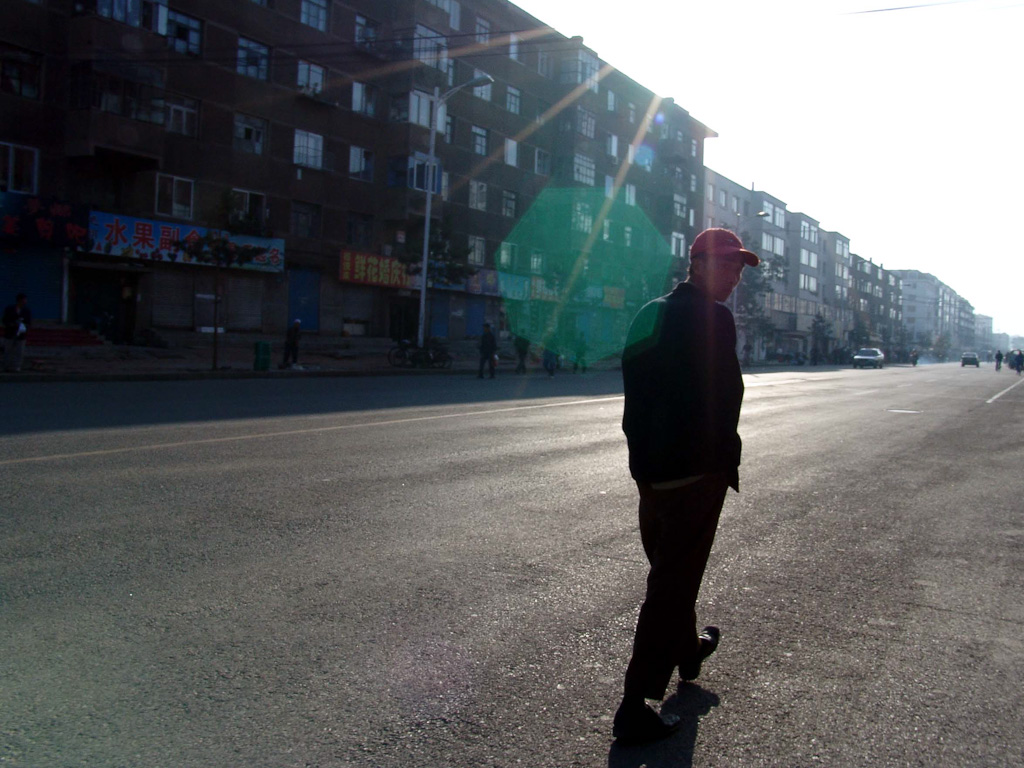Following on from Part I.
The decision about which country to research is often intertwined with a choice of city as the primary research base. To what extent should the research team stay put in one location and what are the pros and cons of traveling around a country?
As a rule of thumb the fewer the research locations the better – travel is disruptive to the team and is often physically exhausting. In emerging markets travel can be extraordinarily time consuming – journeys measured in days not hours. Once you’ve arrived – it’s also worth questioning the motivation for additional travel – a typical city will encompass a wide variety of communites, each offering its own distinctive opportunity for learning and interaction.
If the aim of the study is to ‘get a broad sense’ of what is happening on the ground then dividing the research time between cities can make a comparison easier, but if the study’s focus is on in-depth understanding then it’s better to keep the team in one place. Every new location is likely to require new local hires increasing the administrative workload, and it will take time for the team to orientate themselves.
Even if rural life is not the focus of the study, in many emerging markets it is worth adding at least one day to take the team to a rural small-town or village, such is the influence of village practices on life in the city. Taking time outside the city can provide depth of understanding to flows of communication, the pressures of financially supporting distant family and the dynamics of national holiday mass-migration. Collecting meaningful data from a short rural visit can be challenging with the arrival of non-locals quickly dominating the village talk around the water-well/phone kiosk/fertility clinic – and it’s well worth having a local assistant schedule a pre-visit to schedule your arrival.
